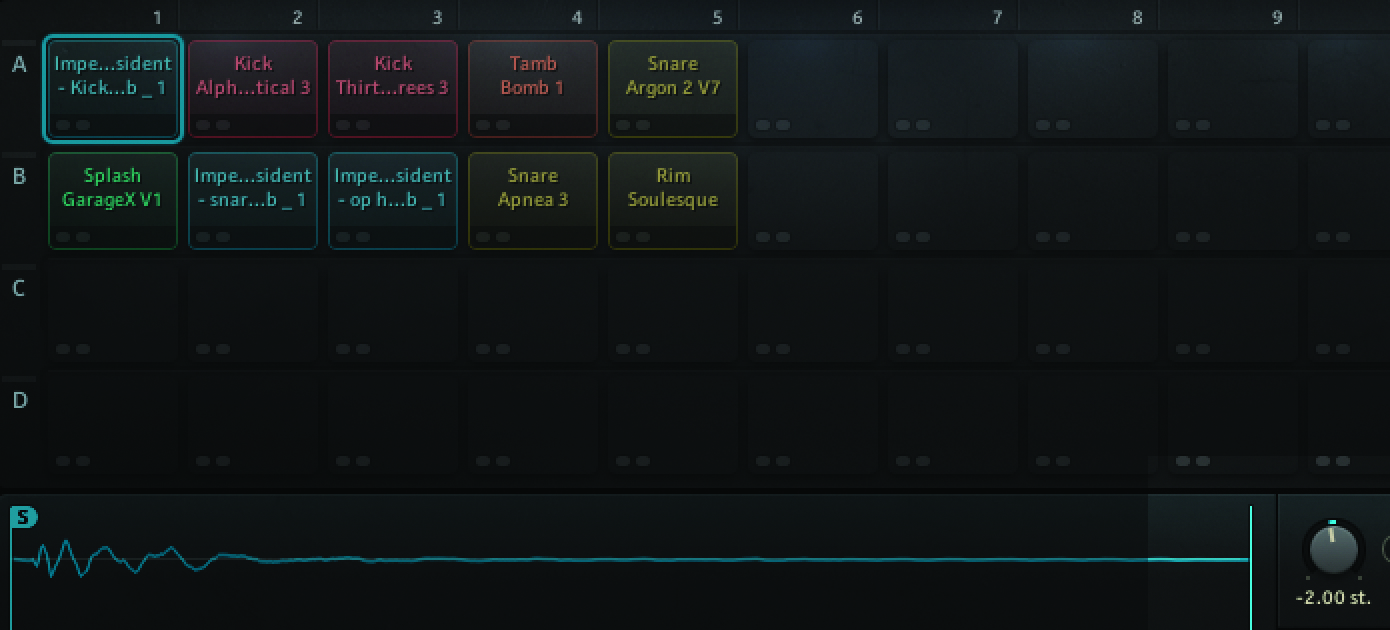How to use breaks to create chill-hop drums with Native Instruments Battery
In this tutorial you’ll learn how to combine sampling with synthetic tools to create your own drum patches

PLUGIN WEEK 2023: I’m an old-school hip-hop head – born in the '80s and grew up in the '90s. The way my producer heroes in the golden beat era crafted their beats is very different to how I have done for over a decade. But we share a common link – drum sampling.
For a long time, using drum breaks has been a staple of hip-hop. Moving into the 90s it began to permeate many more genres from R&B to reggae to pop. One of the most famous drum breaks of all time, starting at 01:26 of The Winston’s Amen Brother, even spawned its own sub genres: drum & bass and jungle respectively. That is the power of sampling in a nutshell.
The most famous drum loops have been reimagined in tracks many, many times over. But rather than get bored with hearing them, I always find it interesting to hear how other producers have interpreted them. Part of the reason these drum sounds have endured is because they just sound excellent! Find the right drum sound and it can greatly enhance your track.
The Naughty Boy produced track Heaven by Emeli Sandé used the break from James Brown’s Funky Drummer. Together with her soaring vocals and the synth strings it just made the song feel epic. The very same drums were cut up in Public Enemy’s seminal Fight The Power and even feature in The Powerpuff Girls theme song.
I’m going to demonstrate in this tutorial how you can use, and build on, drum samples to elevate your own tracks.

Step 1: The starting point could be very different for you. You might just want to use a drum sound you think sounds great. You might have already composed a track but can’t get the right drum sound. I recommend finding collections of famous drum breaks and downloading to your sample library.

Step 2: My method is usually to find the right drum sound to accompany my existing, work in progress track. I’ll be patient and go through hundreds of drum breaks to find something that grabs me or suits my work. Hip-hop typically makes use of old funk, R&B and rock drums.
Want all the hottest music and gear news, reviews, deals, features and more, direct to your inbox? Sign up here.

Step 3: Once you have a drum break you like, bring it into your DAW to cut up. You might use a sampler to do this so that you can break up the drum parts by their transients. I personally like to manually cut up the sample to the transients on
my timeline.

Step 4: I use the slice tool to cut out the core drum components: kick, snare, hat
and anything else in the particular sound. I find that by cutting manually I have far more control with where the transient starts and ends, and I’m also able to fade in and out slightly so that there are no clicks in the audio.

Step 5: Once the drum loop is cut into separate components, I save each one to my folder as a new audio file. I use Native Instruments Battery 4 cell-based grid. So I load each drum part into Battery and assign to a key on my MIDI keyboard or APC.

Step 6: Next, I will take into account various track specific functions. The drums may need tuning to the track so I can pitch the cells up or down to match. The transients might be too long or short, so I can adjust the length.

Step 7: Because the drum parts are cut up, not just in the standard loop of their original recording, I can now play my MIDI keyboard performance to create the drum patterns I desire. This gives some variety in my interpretation of the source material.

Step 8: Your drums might sound okay as they are, but chances are you can enhance them further. Think about your different components – especially the kick and snare. Do these sound complete? Is the kick too bassy and needing a bit more brunt at the top? Could the snare sound fatter/fuller?

Step 9: I search through Battery 4’s own drum sample library to find elements that may accompany or enhance my sample drum break sounds. You may have your own drum libraries or recorded sounds for this.

Step 10: When I’m happy with the components, I’ll get to making a drum bus to help bring the sounds together in the mix. One of my little secrets is sometimes adding a guitar amp effects rig to the chain in the bus. You can get some really unique lo-fi/organic sounds by trying out different guitar amps to run it through.

Step 11: I’ll put as much of the guitar amp effect in as I desire to give the drums some edge, then I’ll add a compressor to the chain to glue everything together and have it bouncing along.

Step 12: Something else to think about is the relationship between your drums and bass. We've published previous tutorials on sidechain compression for bass. Definitely revisit those to make sure that your drums are sounding great and aren’t fighting for the same space as your bass.
Ashley Thorpe (aka Breezewax) is a producer and musician who has created electronic music for over a decade. He typically uses a
mix of samples, field recordings, synthesis and live instrumentation in his work, which covers a variety of styles including hip-hop, chill-hop, neo-soul and RnB. He also works as a music facilitator and freelance audio engineer.
